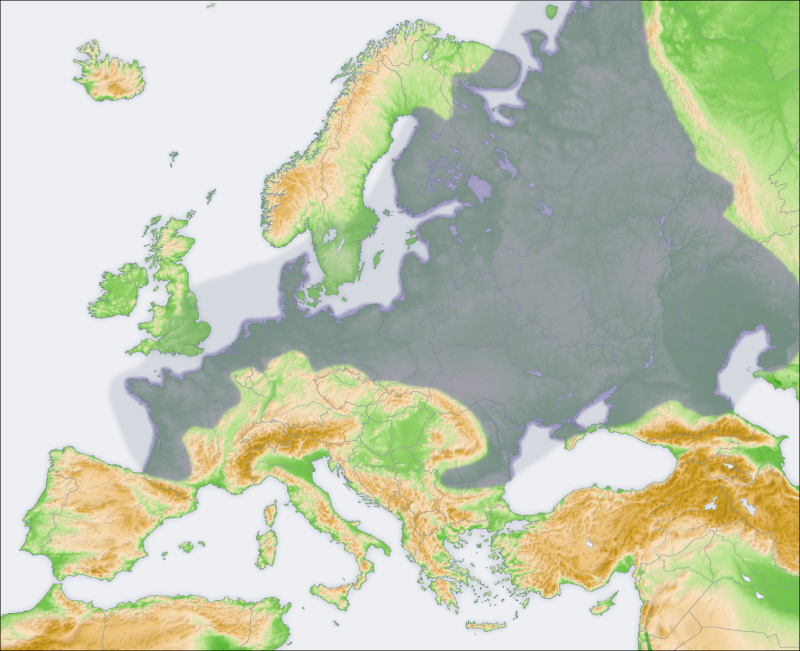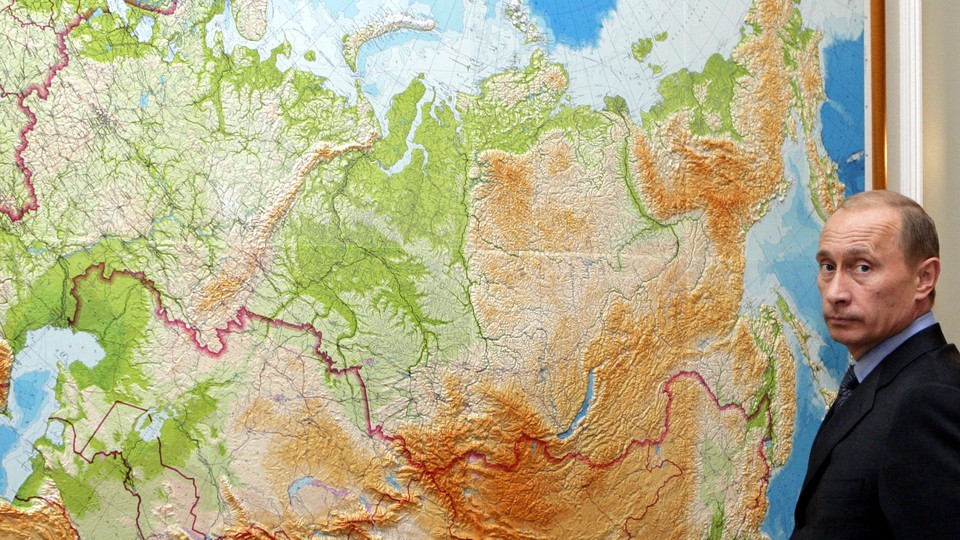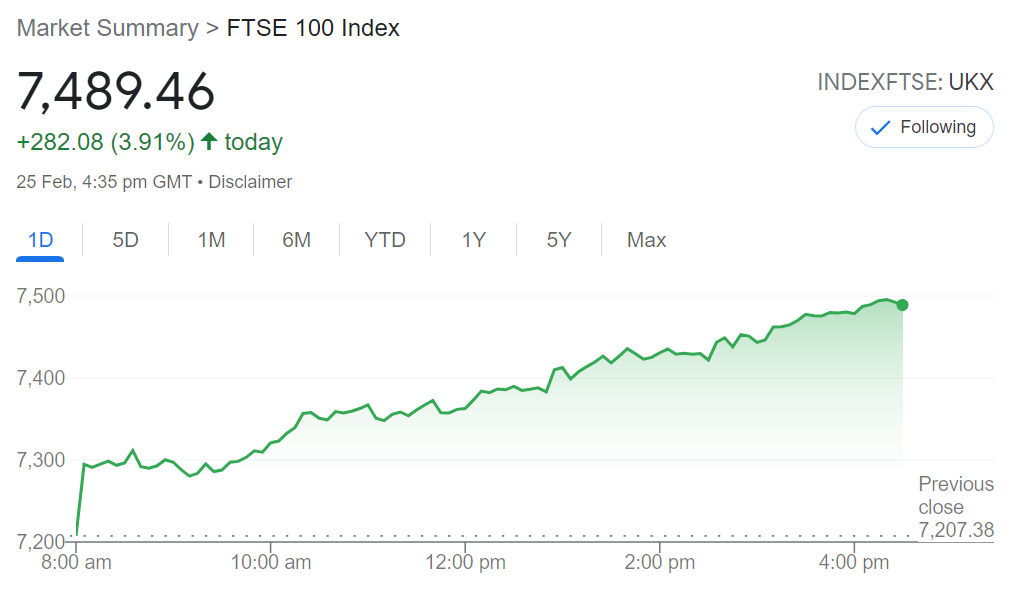Quantum Wealth Summary
- After a record bull run in the markets in 2020 and 2021, we’re seeing much more volatility in 2022.
- As the pendulum swings between fear and greed because of Ukraine, how should investors react?
- Here are 3 rational investment strategies to consider for the long-term.
Genghis Khan. Napoleon. Hitler.
What do they have in common?
Well, they have all invaded Russia — and they all did so through an area known as the European Plain.
It’s massive. Sprawling. The single-largest expanse of flatland known to mankind.
There are no mountains here. No valleys. Few rivers.
It stretches out as far as the eye can see.
At its widest point, it extends more than 3,000km across Russia’s western flank.

Source: Britannica
It has often been said that geography is destiny. And for a nation like Russia, geography has proven to be a curse.
The European Plain can’t be defended. There are no natural chokepoints. No obstacles.
There is no easy way to stop foreign invaders from breaching the borders and storming across the flat terrain, inflicting death and destruction.
This has happened on a catastrophic scale no less than 15 times throughout history.

The European Plain, highlighted in grey. Source: Wikipedia
It was Ivan the Terrible, the first tsar in the 16th century, who decided to ‘plug the hole’. And he began to create Russian foreign policy as we know it today.
To keep the invaders at bay, Ivan decided that the best defence would be a good offence. So he aggressively pursued territorial expansion beyond the Russian heartland. His intention was to create buffer zones, which would act as physical barriers.
After all, Russia itself was already vast — and the more Ivan could stretch the enemy’s supply lines and frustrate them, the better.
This was his way of creating a moat. A margin of safety.

Source: The Atlantic
In 2022, Vladimir Putin is the natural heir to Ivan the Terrible.
He is authoritarian. He is ruthless. He is paranoid.
His recent invasion into Ukraine is fuelling global tensions.
Initially, the equity markets recoiled in horror, and stocks plunged with heavy sell-offs. Then, suddenly, they reversed direction last week, surging with heavy buy-ins.
Just take a look at how the FTSE rallied by almost 4% on February 25:

Source: Google Finance
Why did this happen?







John is the Chief Investment Officer at Wealth Morning. His responsibilities include trading, client service, and compliance. He is an experienced investor and portfolio manager, trading both on his own account and assisting with high net-worth clients. In addition to contributing financial and geopolitical articles to this site, John is a bestselling author in his own right. His international thrillers have appeared on the USA Today and Amazon bestseller lists.